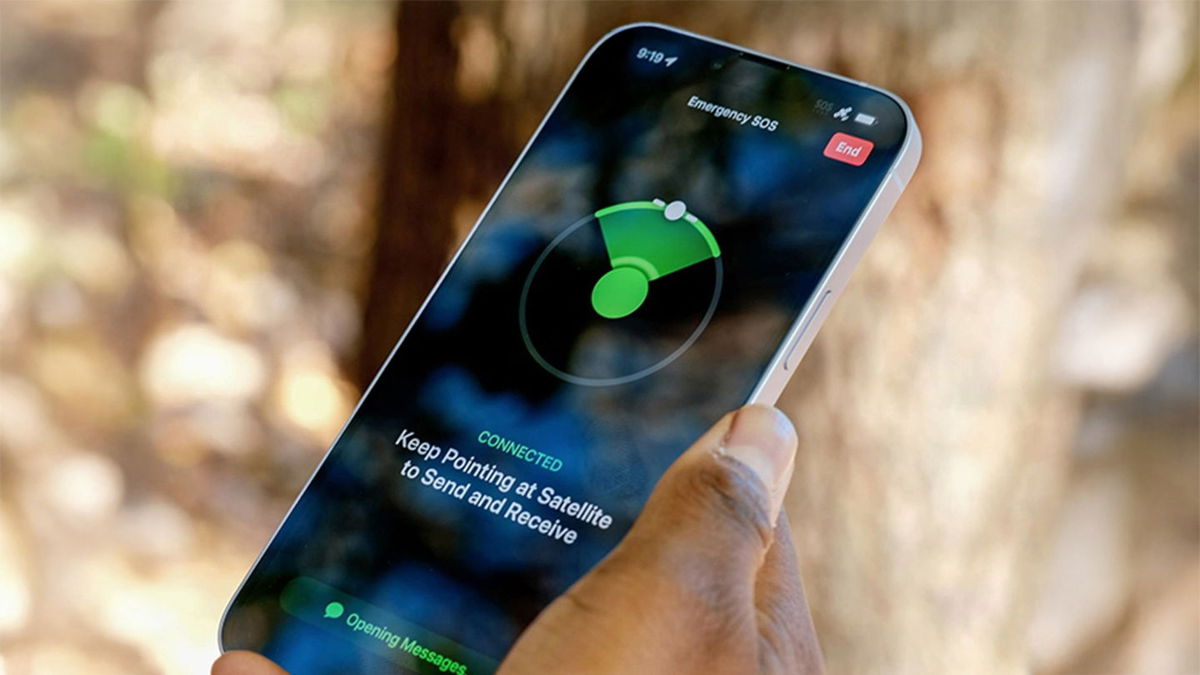Many of the people who died or went missing due to DANA from Valencia They were in their cars. Driving in the rain This is dangerous, but if there is also a flood or flood, it is even worse. Therefore, the first safety measure in such cases is to refrain from driving when there is a warning about heavy rain. But sometimes everything happens suddenly or there is a boss who forces his employees to go to work. In these cases, in addition to reporting to your supervisor whenever possible, it is important to take into account some safety precautions.
They can be divided into two large blocks. On the one hand, safety precautions for driving in the rain when it rains. It’s not very intense. And on the other hand, the precautions we must take in case of flood. The latter, in turn, are divided into what we should do if there is a risk of demolishing the car, and how we should act when the height of the water level is not so high.
One of the main measures will always be call emergency services. But, just in case, we need to take the rest into account.
Don’t forget this when driving in the rain.
The first thing we must consider when driving in the rain is that braking distance It’s much older. The car does not stall so quickly when you press the brake. This takes longer because the surface is slipperier and there is less friction. In some cases this may even happen aquaplaning. This happens when the car’s wheels float, causing us to lose control of the car for a more or less long period of time. To avoid accidents, it is important to increase the safety distance. The difference in the safe distance when driving in or out of rain at a speed of 90 km/h is 32 meters.
It is always important to avoid using worn wheels or wheels with low pressure. But if we’re going to drive in the rain, it’s necessary. So during times when we might be caught off guard by precipitation, such as in the case of nearby DANA, it’s important to check before you travel.
Maybe so the windows are fogging up and obstruct our visibility. This problem can be solved by turning on the heating. And of course, if we’re going to drive in the rain, we have to Avoid sudden maneuvers.
With DANA floods this is not enough
Everything we saw applies to driving in the rain, but without floods. If there is a flood or a river or reservoir overflows, the first thing we must do is take precautions in advance. Directorate General of Traffic (DGT) insists that should never cross with a car in a flooded area. Even if it seems to us that it is not that important. If the water rises above 15 centimeters, the situation may become more complicated.
From 30 centimeters it’s already possible let them drag the caralthough this largely depends on its size and the speed of the current. If we see that the car seems strong enough to stay in place and that water is not getting through, we should call 911 and wait inside. It is important to wear your seat belt in case an object gets carried away into your vehicle. This way we can also avoid getting hit.
If water gets into the car or there is a risk of it being washed away, you must exit the car, always through the door or window opposite current thread. If the pressure is too high, the door may not open. As for the window, sometimes it is impossible to open it because the electricity has been cut off. If this happens, we will have to try to break the glass. If this is not possible, you should remain calm and wait until the water continues to flow and the pressure inside and outside the car becomes the same. At this time the door will open easily.

Once outside, you shouldn’t swim against the current. Ideally, you need to find a place to hold on to and wait there for emergency systems.
In any case, we must remember that these are all last resort measures in case DANA surprises us along the way. If there is a heavy rain warning in your area, avoid driving in the rain if possible. At any moment the rain can turn into shower.
Source: Hiper Textual














